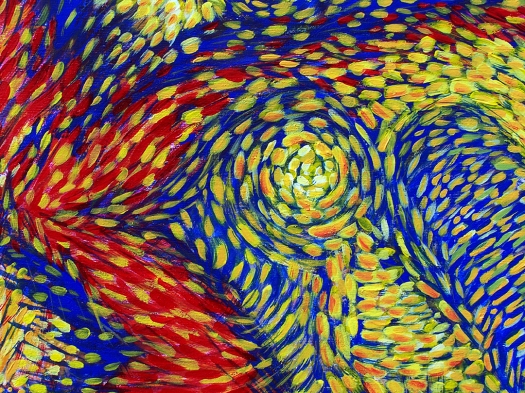After writing my last post on easing content creation, I’ve found myself repeatedly thinking about constrained media.
Here is the excerpt that got me thinking (with the most salient part of it bolded):
You can drastically simplify content creation by constraining the media format. There are many examples of this
- Twitter limits you to 140 characters. Now you don’t need to worry about content length.
- Tumblr makes certain types of posts super easy: photos, quotes, links, chats, audio files, and videos. You could write a long blog post, but it is easier to quickly share an image or quote that you like.
- Pinterest and Instagram limit you to a single image, with an optional block of descriptive text.
- Vine limits you to a six seconds of video.
The flip side of constraining the media format is that it limits self expression. Fortunately, media often has weird properties related to self expression, similar to doing arithmetic with infinity. Divide infinity by 2, and you feel like you’d have less, but you still have infinity. Divide it by 10, or 100, and you get the same thing. Media often works the same way. A blog post offers an infinite amount of self expression. An image or a 140-character tweet feels like less, but still offers infinite self expression.
If you follow this line of thought, it naturally leads to some interesting questions. Are there limits to constrained media? At what point do you lose the potential for infinite self expression?
Coincidentally, the YO app has just recently exploded and raised $1.2M. For those who haven’t seen it yet, it is a stupidly simple app: press a contact’s name, and the app will send the a push notification which says ‘YO’. Did I mention that it is stupidly simple?
Whatever you may think about it, the YO app is gaining traction and gaining in usage. And from a constrained media perspective, it is fascinating. The YO app is about constrained as you can get from media creation. It is effectively a 1-bit creation app. You either get a ‘yo’, or you don’t.
So what are the limits of self expression for a single bit of information?
It turns out that there still aren’t any limits: the potential for self expression is still infinite. Why? Because all of the context around the ‘yo’ matters: the sender, the receiver, the timing, and the situation.
A ‘yo’ could mean:
- Yo, whats up?
- Are you free?
- I’m free now.
- (from your SO) Love you — just thinking about you.
- (from your annoying friend who send you 50 yo’s today) I’m going to continue bugging the shit out of you
- (after a date, from a friend) How was that date last night?
- (after a date, from the date) I had a good time. Would like to see you again.
- (a week after a date, from the date) Why haven’t you called me back?
- you could go on and on varying people and situations…
This is exciting.
The Internet has been around for quite a while and we are still inventing new ways to create content and express ourselves. On one end of the spectrum, we have apps like Medium and Storehouse who are letting users create elaborate stories using multimedia. At the other end of the spectrum we have apps like YO. And in between, there is a ton of possibilities.
When it comes to content and self expression, there are no limits.
—
Photo credit: paintingsthatmove

